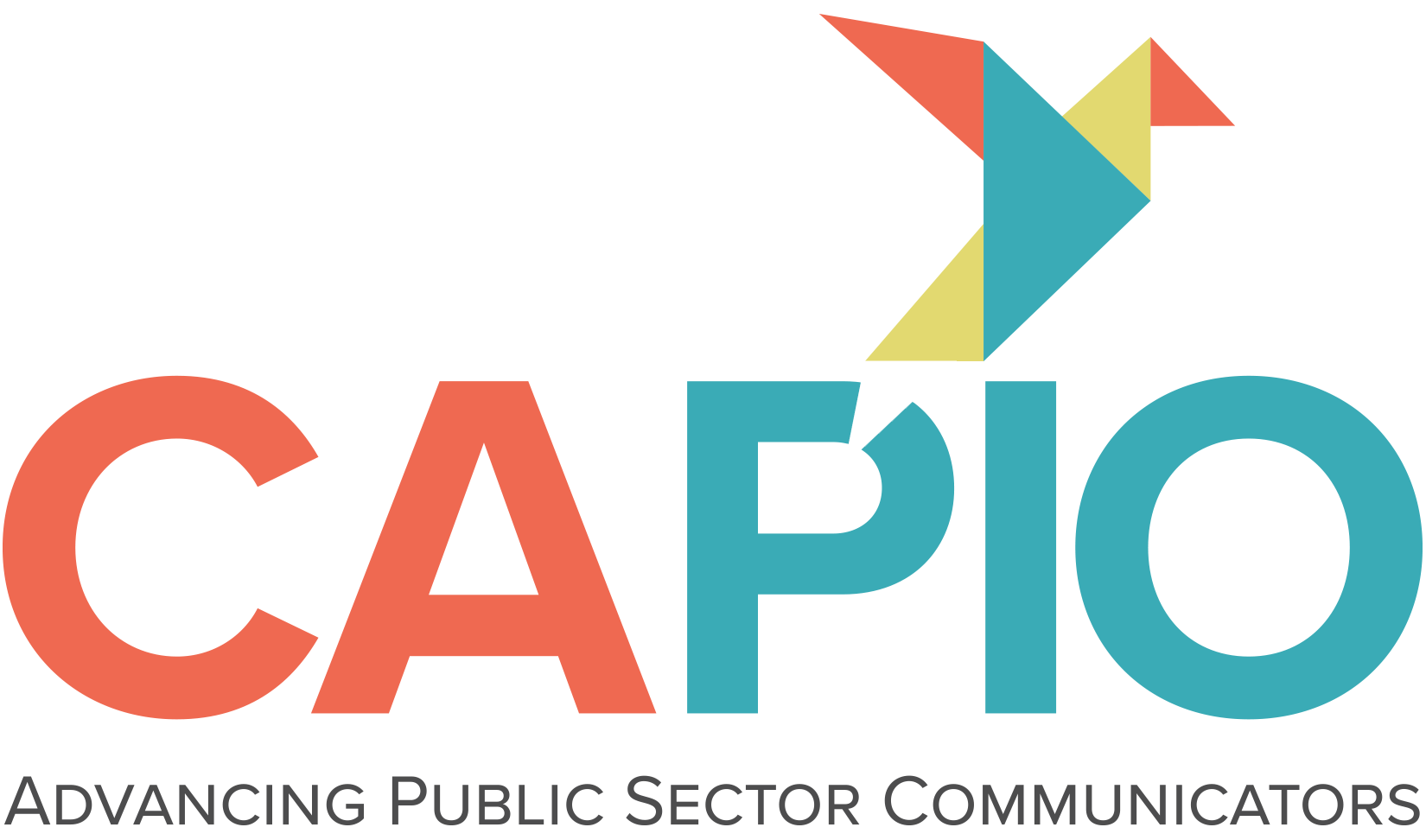Handling Misinformation and Disinformation On Social Media
In today’s digital age, most people know how quickly and easily false information can be spread on social media – often damaging an organization’s reputation. As communicators, our experience with this is probably common. Let’s break down the differences between misinformation and disinformation and discuss the best ways to handle them on social media platforms.
Misinformation refers to false or out-of-context information presented and shared as fact without an intent to deceive others purposefully. Disinformation, however, is a form of misinformation that involves the intent to deceive and mislead others.
Here are some tips to handling it:
- Start listening. Misinformation can spread like wildfire, so providing your organization with a chance to respond quickly is essential. Use social media notifications to stay on top of comments, set up a social media monitoring service, or even just use Google Alerts to listen to online news for you.
- Plan your messaging. Have responses and messages ready to tackle commonly misunderstood organizational issues or answer any questions that could lead to misinformation.
- Think before you reply. Knee-jerk reactions are not your friend in dealing with misinformation, but it’s a natural response when using social platforms. While timely responses are important, take a moment to pause and think through the best answer and cross-reference the information you are providing before publishing the post.
- Get ahead of the game. Creating an online presence that reflects your organization’s values and communicates trust and integrity will significantly help you if/when misinformation pops up on your Facebook page. If your followers and consumers know your organization well enough to dispel the false information themselves, even better.

